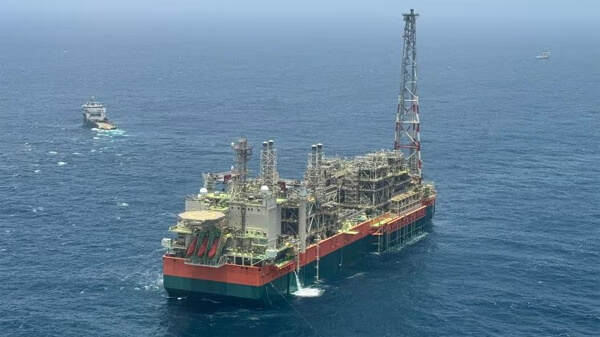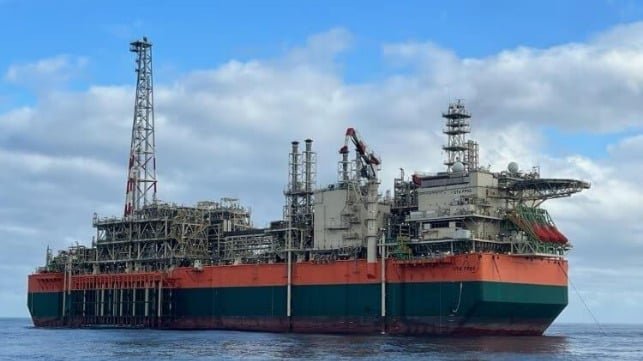Senegal and Mauritania Set to Become Major Natural Gas Producers
Senegal and Mauritania are poised to emerge as significant players in the global natural gas market following a major milestone achieved by oil major BP with the commencement of gas flow from the offshore Greater Tortue Ahmeyim (GTA) project. This development marks a pivotal moment in the region, positioning the two West African nations as key hydrocarbon producers.
BP, in collaboration with U.S operator Kosmos Energy, Mauritanian company SMH, and Senegal’s Petrosen, is spearheading the GTA project, investing $4.8 billion in its development. This project, located in a new basin offshore Mauritania and Senegal, represents a groundbreaking gas initiative in the region. The project is situated in water depths of up to 2,850 meters (9,350 feet) and is expected to produce approximately 2.3 million tonnes of LNG annually for over two decades.
The initial gas flow from the project is being processed on the FPSO, situated 40 kilometers (25 miles) offshore, where water, condensate, and impurities are extracted.
BP’s EVP of production & operations, Gordon Birrell, expressed his enthusiasm for this milestone, stating, “This is a fantastic landmark for this important megaproject. First gas flow is a material example of supporting the global energy demands of today and reiterates our commitment to help Mauritania and Senegal develop their natural resources.”

The FPSO being towed into position in June 2024 (BP)
The FPSO, constructed by China’s COSCO Shipping Heavy Industry yard in Qidong, China, arrived at its permanent location offshore Mauritania and Senegal in June 2024. With the capacity to process over 500 million standard cubic feet of gas per day, the FPSO is a crucial component of the project.
The gas extracted will be transported via pipeline to the Gimi FLNG vessel, stationed at the Hub Terminal approximately 10 kilometers (6 miles) offshore. Here, the gas will undergo cryogenic cooling, liquefaction, and storage before being transferred to LNG carriers for export. A portion of the gas will also be utilized to meet the growing demand within the two countries.
Operated by Golar LNG, the Gimi vessel has a storage capacity of up to 125,000 cubic meters of LNG. The vessel, which underwent conversion at Singapore’s Seatrium shipyard from a 1975-built Moss LNG carrier, is designed for 20 years of on-site operations without dry docking. It boasts a liquefaction capacity of 2.7 million tonnes per annum and is equipped to operate near shore in water depths of 30 meters (100 feet).
The project is founded on the discovery of 120 trillion cubic feet of natural gas across Senegal and Mauritania in 2014. The first LNG cargo for export markets is anticipated to be dispatched in the first quarter of this year.

